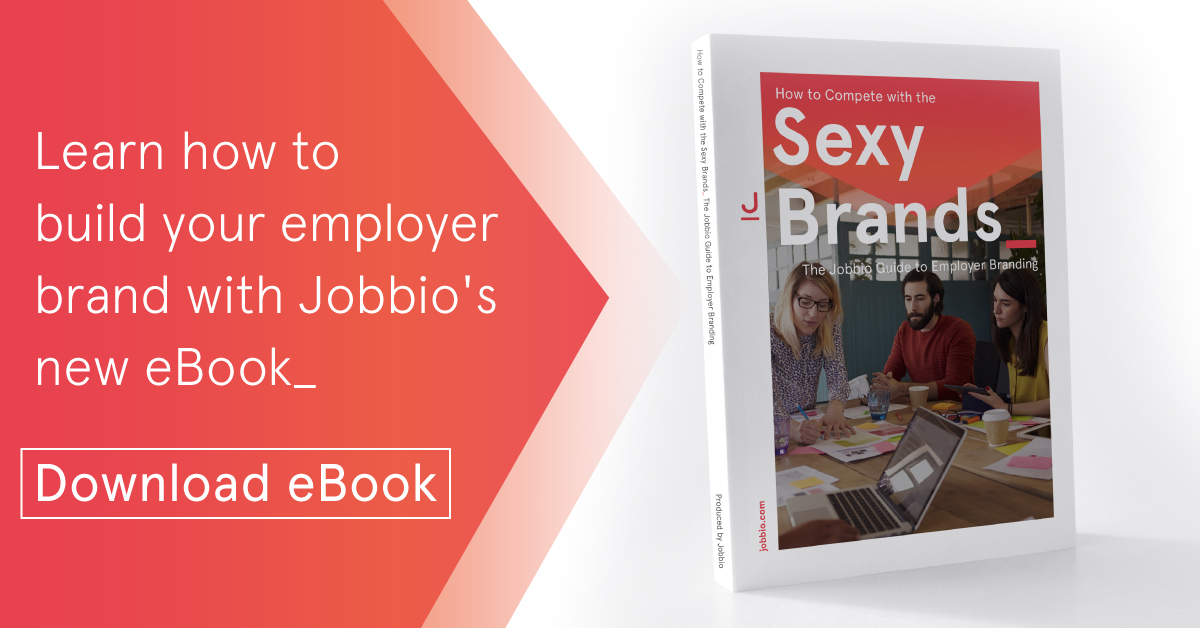Candidate experience is a key component of your employer brand and how the public perceive you as a company.
Positive candidate experience has a positive effect on your consumer brand, leading to better engagement with your marketing materials and even your sales efforts.
On the flip side, if potential employees have a negative experience during the recruitment process, it can hinder both your hiring and your overall company image. Our research shows that 82% of people would not take a job at a company with a bad reputation and 49% would post online following a negative experience with an employer.
Make sure your candidate experience is a positive one by following these 4 steps.
Be clear in your job description
Don’t try to make the role sound more senior or exciting than it is. While you obviously need to entice candidates, you also need to be honest about the possible challenges or limitations of a role. Be specific about the requirements, responsibilities and salary attached. Even if you receive less applications initially, the talent that do come through will be far more suitable, so there’s less time spent on processing irrelevant submissions.
Avoid flat job descriptions wherever possible, being able to add employee testimonials, office photography or culture videos can really bring the role to life in the eyes of a candidate.
Simplify the process
As the war for talent rages on and the pool of skilled candidates continues to shrink, appealing to passive talent is paramount in the hiring process. These candidates don’t have the time or desire to be figuring out an arduous application route. Recruiters need to make applications streamlined and direct. The more stages you have, the more likely it is that candidates will drop off. To keep them engaged, ensure the questions you’re asking at each touchpoint are fully necessary and not repetitive. Candidates want to be able to apply with a simple click.
The same applies when it comes to calling talent for an interview, it needs to be as convenient as possible. Bear in mind the limitations faced by those who are already employed and offer flexibility around times and days.
Another way to avoid drop off is to ensure that your application process is mobile optimised. Studies show that 95% of Americans own a mobile phone, 77% of those being smartphones. Unsurprising then, that there’s been a spike in the number of jobseekers applying for jobs on their mobile device while on the go. This pattern is set to continue as candidates look for greater autonomy over the hiring process. It’s a talent driven market after all.
Keep talent informed
To secure those sought after passive candidates you need to be offering more than a flat job description and list of perks. Arm potential employees with as much detail as you can, so they can make an educated decision on their suitability to the job. For candidates to make the leap, they need to be sold on the cultural elements too. Use content to offer an insight into what it’s like to work at your company. Showcase your office space, team and educate prospective employees on your core values. Job ads with employer branding content such as videography, photography and employee testimonials get more applications but more importantly, they get more suitable applications, as talent have a better grasp of the company and the role.
Build your employer brand with Jobbio
Creating engaging employer branding content is only half the battle. As the old adage goes ‘Content may be King but distribution is God.’ Even the most exciting and inviting videography and blogs will be wasted if they’re not being marketed in the right channels. You need to discover where your audience (prospective talent) live online and bring your content to them. Social media is only part of the puzzle, consider what news aggregators or industry specific publications you could leverage to reach candidates.
Personalise your communications
You may have thousands of applications flooding your desk but it’s important for candidates to feel as though their application has been given due consideration – the same consideration they afforded your company when submitting the application in the first place.
How? Always reply to a candidate regardless of whether they’re a fit for the role and make your response is as personable as possible. Autoreplies are a great way to keep talent updated at each stage, just ensure the language is on brand and doesn’t read like a stock response. No ‘Dear Applicant’ letters please.
Each step of the candidate journey may require different action. For example, if a candidate has reached interview stage but hasn’t secured the position, they should be told in person or over the phone, not in an email. If you are turning down a candidate, try to offer as much specific feedback as possible so they have a good understanding of your decision. Rejection isn’t always a negative, if handled correctly it can actually leave candidates with a positive impression of your company, leaving the door open for them to apply for future roles. Talent pipelining is key!
Discover all the ways Jobbio helps you improve your candidate experience.













